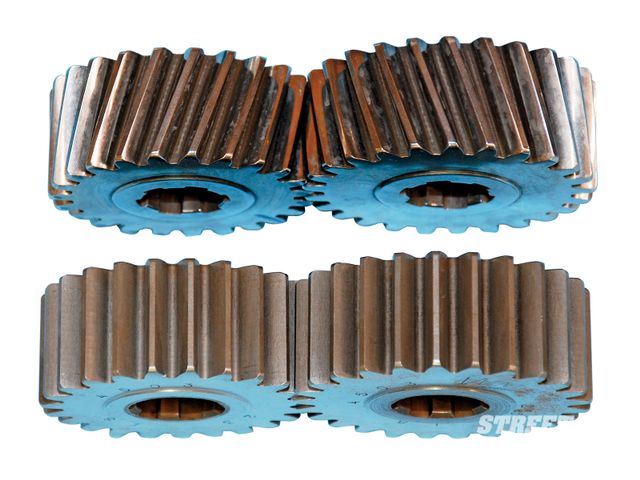Gear cutting tooling is the process of creating or machining gears. Since toothed gears are essential parts of mechanical power transmission, it was necessary to develop complex instruments and processes in order to accurately fabricate them.
Gears are made using machining, powder metallurgy, casting, stamping, and stamping. Hobbling, broaching, milling, and grinding are among the most common and precise ways to make gears.
-
Gear broaching
Broaching is an useful method for creating internal gears and splines. Each part requires a different broaching tool in order to provide the appropriate results. With rotary broaching, gears can be made on any CNC lathe, milling machine, machining center, or other turning machine, which is a benefit.
2.Gear Hobbing
Hobbling is a quick and efficient method used in the manufacturing of gear. A gear hobbing machine uses a helical cutting tool, also referred to as a hob, to carve teeth onto blanks. Despite being ideal for enormous production, this approach works well for medium to high output due to its speed.
On a CNC gear hobbing machine, a gear blank and hob are typically continuously spun to produce all of the gear teeth in the blank. The straight, helical, bevel, face, crown, and chamfering gear hobing methods stand out. It is the method for creating gears that is the most precise and accurate.
-
Milling gears
In this procedure, a form cutter on a milling machine is used to cut the gears. These gear shaper cutters travel axially to make gear teeth at the precise length and depth. After cutting a tooth, the cutter is removed to allow the gear blank to revolve to the next position. The form cutter begins cutting the next tooth when the blank is rotated once more, and so on until all of the teeth have been carved out of the blank.
-
Grinding Gears
A different way to make gears is by grinding. During gear grinding, surface material on the gear blank is removed through friction. To do this, remove extra material from the gear quickly by rubbing a rough surface against a piece of metal.
5.Gear Shaping
This is the first method of making gears, in which the gear is cut by placing a gear blank in the shaper. With this method, the cutting tool is shaped to resemble a tooth. The other is the pinion-shaped cutter for the gear shaper machine. It is used when a gear-shaped cutter is used to cut a gear blank.
The axes of rotation for the cutter and blank should be parallel to one another. This technology is applicable to both low and high production levels. Clutch teeth, splines, and other subpar gears are typically produced using the gear shaping procedure in conjunction with gear cutting.
-
Cutting Templet Gear
A single point cutting tool is utilized in this process to manufacture a gear tooth profile. Then, using a temple whose profile matches the shape of the gear tooth bring cut, the tool is reversed and made to follow a guide path.
As I mentioned earlier, the cutters are essentially used to make gear teeth. These gear cutting techniques are built on the principle that any two gears will mesh if they have the same pitch, ideal helix angle, ideal tooth depth, and ideal thickness.


